|
By Anna Hazard
View the Rest of the Series
Part 1 - Introduction to Gout
Dietary Recommendations
A low purine diet is not a cure for those suffering from gout, yet it may help decrease the levels of uric acid present within the body which may help lower the risk of a flare-up as well as slow down the progression of joint damage with chronic gout. When it comes to a gout prevention diet, a balanced diet that skimps on processed foods and which will help maintain a healthy weight is recommended.
Complex carbs such as fruits and vegetables should be sought out over simple/refined carbohydrates such as pastries, sweetened beverages, and high fructose corn syrup. Saturated fats found in red meat, poultry, oil, butter, mayonnaise, salad dressing, cheese, whole milk, and cream should be kept to a minimum with plant oils such as virgin olive, canola, and sunflower used in their stead. Most proteins in the diet should come from plants, secondarily from fish, then poultry, and finally red meat (lean meat only, no more than 4 - 6 ounces per day).
0 Comments
Leave a Reply. |
AboutNews updates, tips, and guides on senior care, senior health, stress relief and a host of other caregiving related topics from the professionals at Ella Stewart Care. |

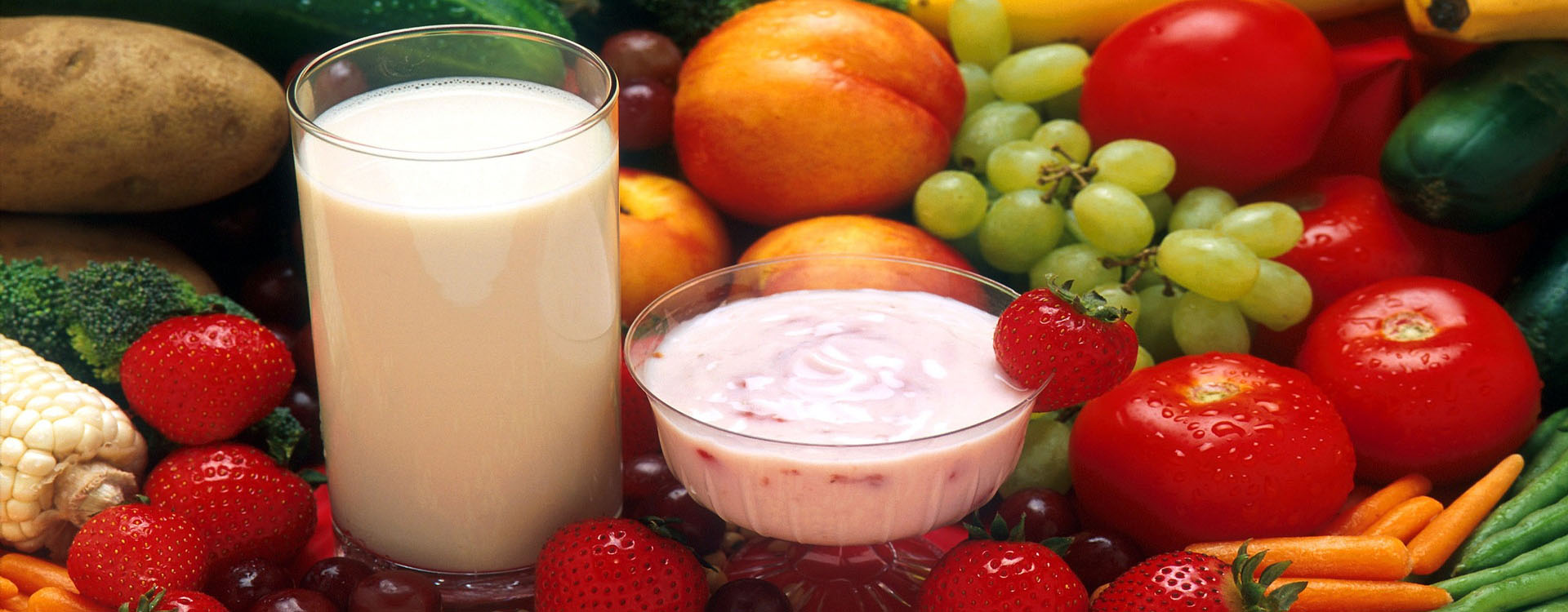
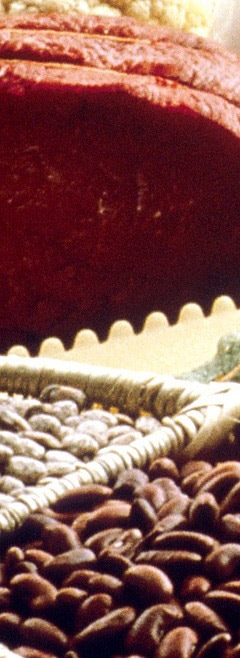
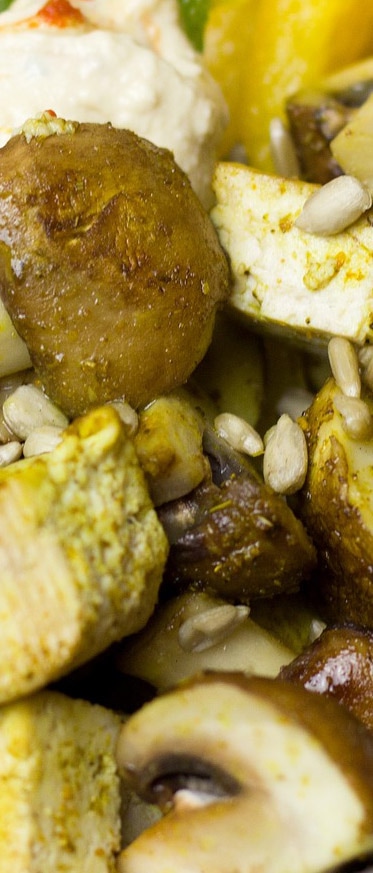
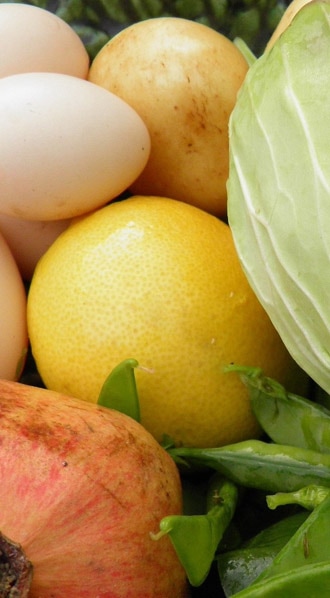
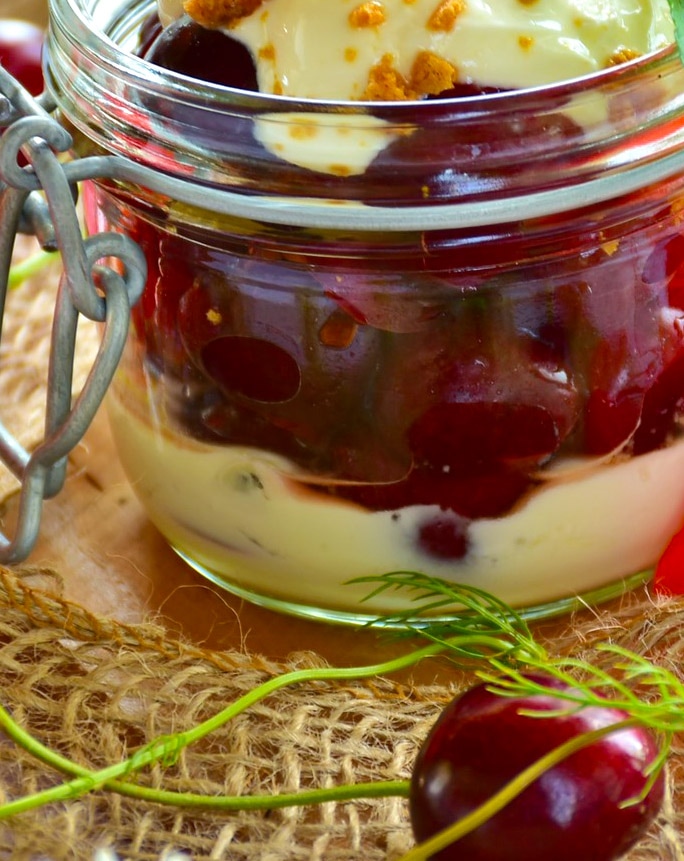

 RSS Feed
RSS Feed
